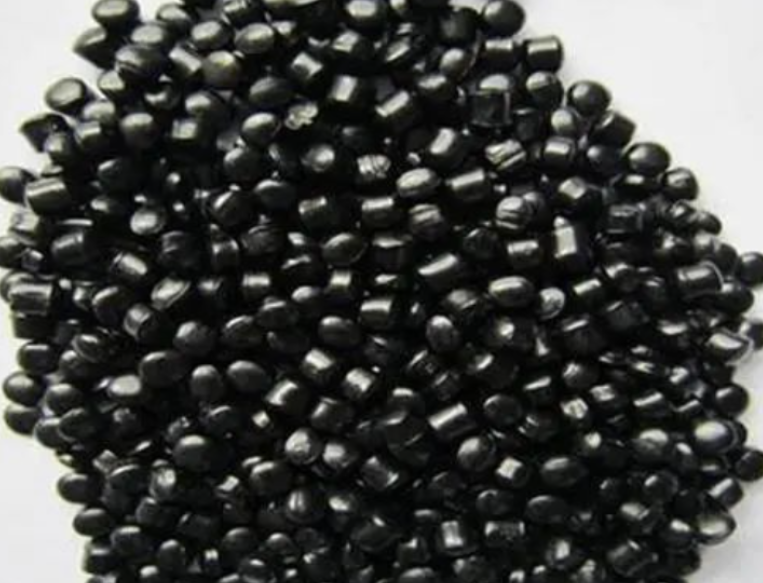October 22, 2024 – In recent times, the application of black color masterbatch in the chemical industry has faced challenges with users reporting insufficient blackness in their products. This issue has sparked widespread attention within the industry regarding the quality and usage of black color masterbatch. So, what are the underlying factors contributing to the suboptimal blackness of black color masterbatch?
Firstly, the choice of raw materials plays a crucial role in determining the blackness of black color masterbatch. According to sources from the Color Masterbatch Industry Network, some users, driven by environmental considerations and cost reduction, have opted for recycled materials in their production processes. However, the compatibility of recycled materials is significantly inferior to that of new materials, which, in turn, affects the blackness performance of the black color masterbatch. Furthermore, when these recycled materials are blended with general-purpose black color masterbatch, the potential for significant performance deviations between the two can lead to issues with insufficient blackness.

Secondly, a mismatch between the properties of raw materials and black color masterbatch also contributes to the problem of inadequate blackness. Some users continue to use general-purpose color masterbatch when working with modified materials. Due to inherent differences between the carrier of the color masterbatch and the modified material, poor compatibility and dispersion can compromise the blackness of the black color masterbatch.
Moreover, users often focus solely on the blackness metric when selecting black color masterbatch, overlooking crucial factors such as carrier compatibility and dispersion. When changing raw material suppliers, users who maintain the previous ratio of black color masterbatch may encounter issues such as insufficient blackness and poor compatibility.
To assess the compatibility of black color masterbatch, a general rule of thumb is to match the carrier of the black color masterbatch with the raw material used in the plastic product. This ensures better compatibility between the black color masterbatch and the plastic raw material. For instance, PS (polystyrene) plastic products should use black color masterbatch with a PS carrier.
Addressing the issue of uneven dispersion of black color masterbatch, users can take several measures. These include drying the raw materials before production to prevent incomplete melting of wet materials at the feed inlet, reducing the feed inlet temperature to rely on screw power for extrusion, enlarging the feed inlet and installing stirring equipment to improve feeding efficiency, replacing the motor’s rotating disk to increase screw speed for faster mixing and feeding, and utilizing broken screw segments for splicing to adjust the diameter and increase clearance and feed volume. However, these measures also carry potential risks such as screw damage and excessive load, necessitating careful implementation in practical applications.














